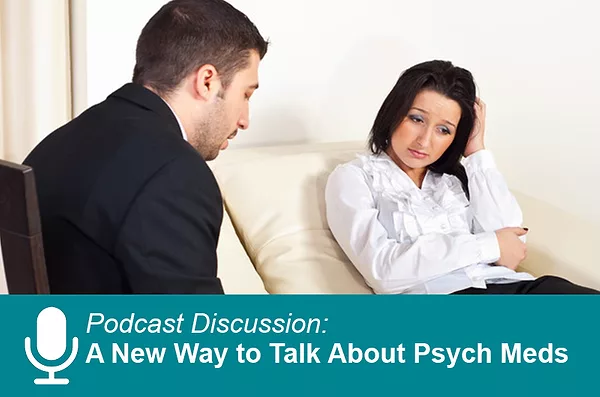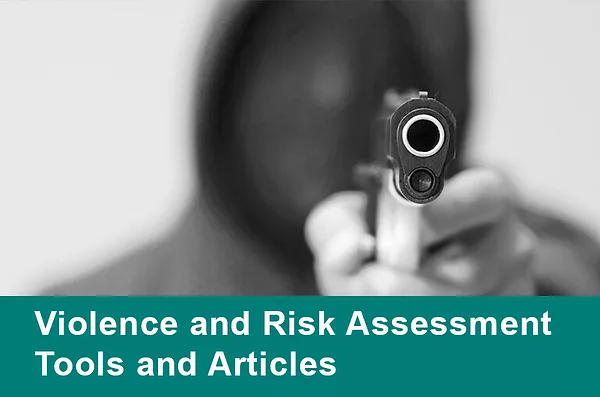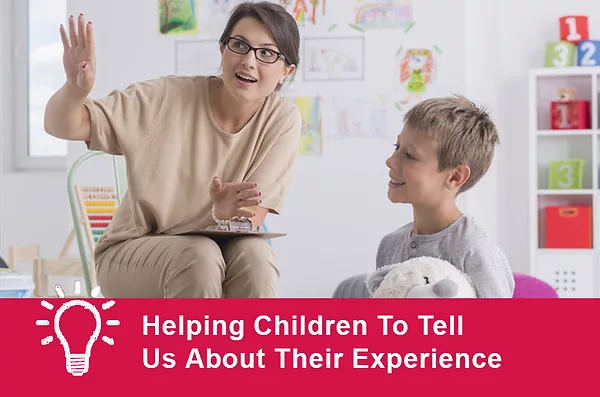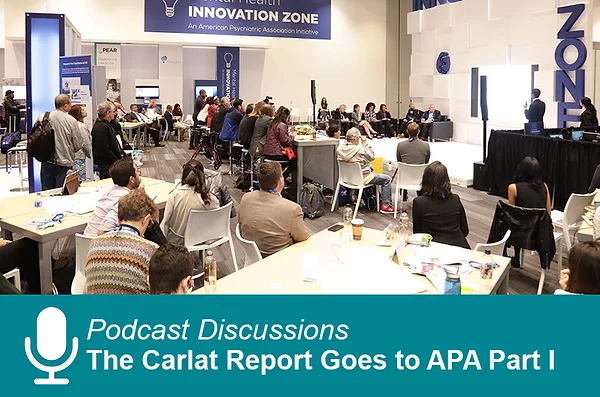Items Tagged with 'practice-tools-and-tips'
ARTICLES
Embracing Conflict in the Consent Process
Josh Feder, MD
Child and family psychiatrist, Solana Beach, CA, Editor-in-Chief of the Carlat Child Psychiatry Report
Dr. Feder has disclosed that he has no relevant financial or other interests in any commercial companies pertaining to this educational activity.
Read More
Assessing and Treating Psychogenic Pain
Howard Schubiner, MD
Director of the Mind Body Medicine Program at Providence Hospital, Southfield, MI.
Coauthor of the book Unlearn Your Pain: A 28-Day Process to Reprogram Your Brain.
Dr. Schubiner has disclosed that he has no relevant financial or other interests in any commercial companies pertaining to this educational activity.
Read More
Neurofeedback in Psychiatry: What’s the Evidence?
 Remko van Lutterveld, PhD
Senior Research Scientist, Center for Mindfulness, University of Massachusetts
Dr. van Lutterveld has disclosed that he has no relevant financial or other interests in any commercial companies pertaining to this educational activity.
Remko van Lutterveld, PhD
Senior Research Scientist, Center for Mindfulness, University of Massachusetts
Dr. van Lutterveld has disclosed that he has no relevant financial or other interests in any commercial companies pertaining to this educational activity.Warning Patients on the Dangers of Cannabis Use
 Kevin M. Gray, MD
Professor, Department of Psychiatry and Behavioral Sciences, Medical University of South Carolina, Charleston, SC
Dr. Gray has disclosed that he has no relevant financial or other interests in any commercial companies pertaining to this educational activity.
Kevin M. Gray, MD
Professor, Department of Psychiatry and Behavioral Sciences, Medical University of South Carolina, Charleston, SC
Dr. Gray has disclosed that he has no relevant financial or other interests in any commercial companies pertaining to this educational activity.
Note From the Editor-in-Chief
Daniel Carlat, MD
Editor-in-Chief, The Carlat Psychiatry Report
Read More





_-The-Breakthrough-Antipsychotic-That-Could-Change-Everything.webp?t=1729528747)



